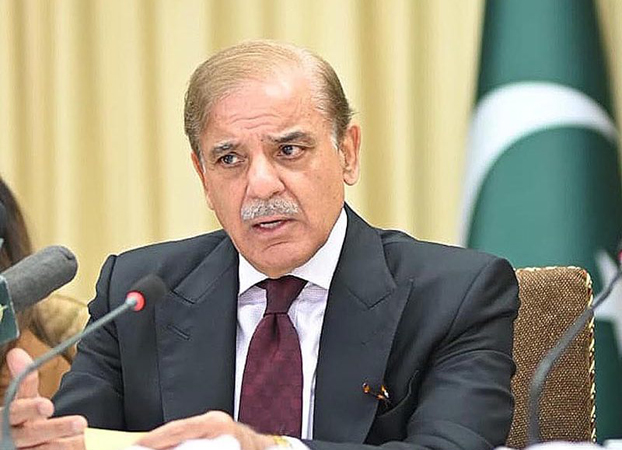In March 2025, Pakistan’s headline inflation rate declined to 0.7% year-on-year, marking the lowest level since December 1965, according to data from the Pakistan Bureau of Statistics (PBS). This significant drop surpassed both market expectations and the Ministry of Finance’s projection, which had anticipated inflation between 1% and 1.5% for the month.
Factors Contributing to the Decline:
- Food Prices: Notable decreases were observed in the prices of wheat and its by-products, perishable items such as onions and potatoes, and certain pulses.
- Electricity Charges: A reduction in electricity tariffs also played a significant role in lowering the overall inflation rate.
These items hold substantial weight in the Consumer Price Index (CPI), making their price reductions particularly impactful.
In contrast, the prices of sugar and edible oils have been on the rise domestically, despite declining rates globally. The government has permitted sugar exports, particularly to Afghanistan, citing surplus stock as the reason.
Prime Minister’s Response:
Prime Minister Shehbaz Sharif expressed satisfaction over the continuous decline in inflation, highlighting that achieving single-digit inflation was a key objective in the PML-N’s election manifesto. He attributed the reduction to the government’s effective policies and tireless efforts for public welfare, noting that even during Ramazan, the inflation rate was at its lowest in several decades.
Economic Implications:
Analysts attribute the decline in inflation to factors such as lower global commodity prices, a stable exchange rate, a high-base effect, and improved agricultural outputs. The International Monetary Fund (IMF) has revised its inflation forecast for FY25 down to 9.5% from the previous estimate of 12.7%.
While the current disinflation indicates a slowdown in the inflation rate, it does not necessarily translate to a reduction in the cost of living, as cumulative inflation over the past 50 months has increased by 83%, impacting the retail prices of all consumer items.
This historic low in inflation reflects the combined effects of favorable economic conditions and targeted government interventions, offering a potential reprieve for consumers amid ongoing economic challenges.



Comments (0)
No comments yet. Be the first to comment!
Leave a Comment